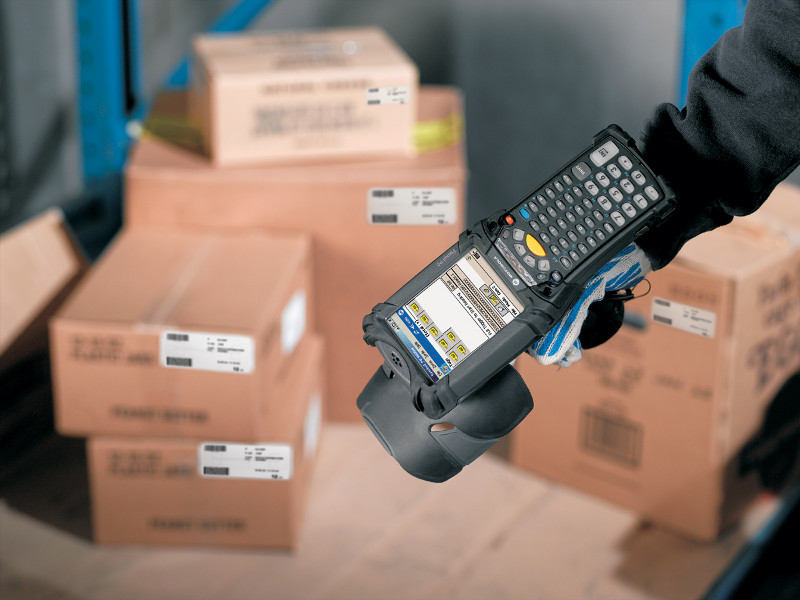RFID printers can make RFID smart labels, which are useful for various industrial applications. They are especially useful in the fields of manufacturing, healthcare, transportation, and retail.
RFID is a more advanced technology than barcoding. With barcoding scanning, there must be line-of-sight access to every barcode. Also, barcode scanning can be used only for scanning one item. Meanwhile, RFID label printers from TSC avoid such limitations utilising radio frequency technology for reading RFID tags. Such can simultaneously read from between 6 feet to 15 feet.
There are different kinds of RFID printers such as industrial, desktop, and mobile printers. Industrial printers come with advanced features and are robust, ideal for transportation and logistics, retail, manufacturing, and healthcare applications. For labels made on the move, mobile printers are extremely durable, dependable, and suitable for various applications in retail, healthcare, manufacturing, as well as transportation and logistics.
Benefits of RFID Printers
RFID labels streamline the process of capturing data. They require less monitoring than barcodes. With these labels, human error is eliminated. The printer automatically reads and recognizes the labels, including hard-to-reach labels. Through RFID technology, employees can monitor and find assets automatically.
Can Businesses Save Money with RFID Labels?
RFID labels are known for their accuracy, minimising time to perform audits and keep inventory. Faster scanning results in increased productivity. Businesses that employ adaptive encoding technology can avoid losses because of inefficiencies in the supply chain. Also, machines can scan labels, which means human intervention is not necessary.
Industries that Use RFID Labels
A lot of industries can use labels. In the manufacturing sector, RFID labels are used for packaging, asset tagging, and item-level tagging. These days, more and more retailers are switching to these labels for back-of-store tagging and security tagging. RFID labels are particularly useful for the healthcare sector, especially in asset management and specimen labelling. Also, transportation can use this technology for shipping/receiving, compliance labelling, and order picking/packing.
The RFID printing Process
When an electronic product code is assigned to a certain item, it must be stored in the RFID tag’s memory chip using an RFID printer. Then, the code is attached to the item being tracked.
Experts and users say that RFID tags are better than conventional barcode tags as they utilise radio waves for capturing the product code information instead of an optical scanner. This makes it possible to automatically track inventory without scanning items individually.

